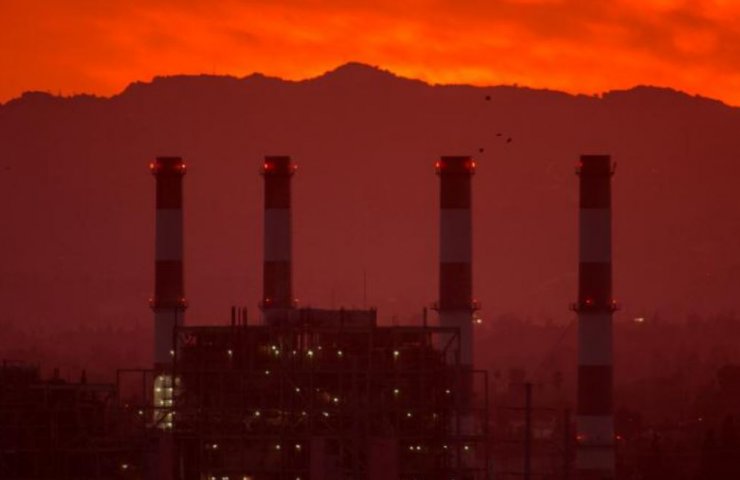The slowdown in industrial production due to the coronavirus pandemic did not lead to a noticeable reduction in the amount of carbon dioxide in the atmosphere. This is evidenced by the data of the annual Bulletin of the UN World Meteorological Organization. The agency notes that the concentration of CO 2 continued to rise in 2020 and today exceed 410 ppm.
"The reduction in elections due to quarantine represents only a small point on the long-term development curve," said WMO Secretary General Petteri Taalas. The Bulletin says that during the most significant suspension of economic activity, recorded volumes of carbon dioxide emissions into the atmosphere decreased by 17%. The organization expects the total volume of air pollution this year to decrease by 4-7.5%, and this cannot yet lead to a decrease in the concentration of CO 2 .
The main generators of greenhouse gas emissions into the atmosphere, according to the World Resources Institute (WRI) and the ClimateWorks Foundation, remain agriculture, cement and steel industries, which have not yet shown significant achievements in reducing the impact on the planet's ecology.
Emissions from cement and steel production account for almost half of all industrial emissions worldwide. According to researchers' estimates , in order to achieve climate targets by 2050, emissions from the cement industry should be reduced by 85-91%, and emissions from the steel industry by 93-100%.
The annual growth of world steel production against the background of a slight and, in general, regional, reduction of CO 2 emissions per ton of metal products produced, indicates an increase in industrial pollution of the Earth's atmosphere.
At this rate, the 2015 Paris Agreement targets - to prevent the worst impacts of weather and sea level rise by containing rising temperatures - will not be met, ”climate scientists say.





